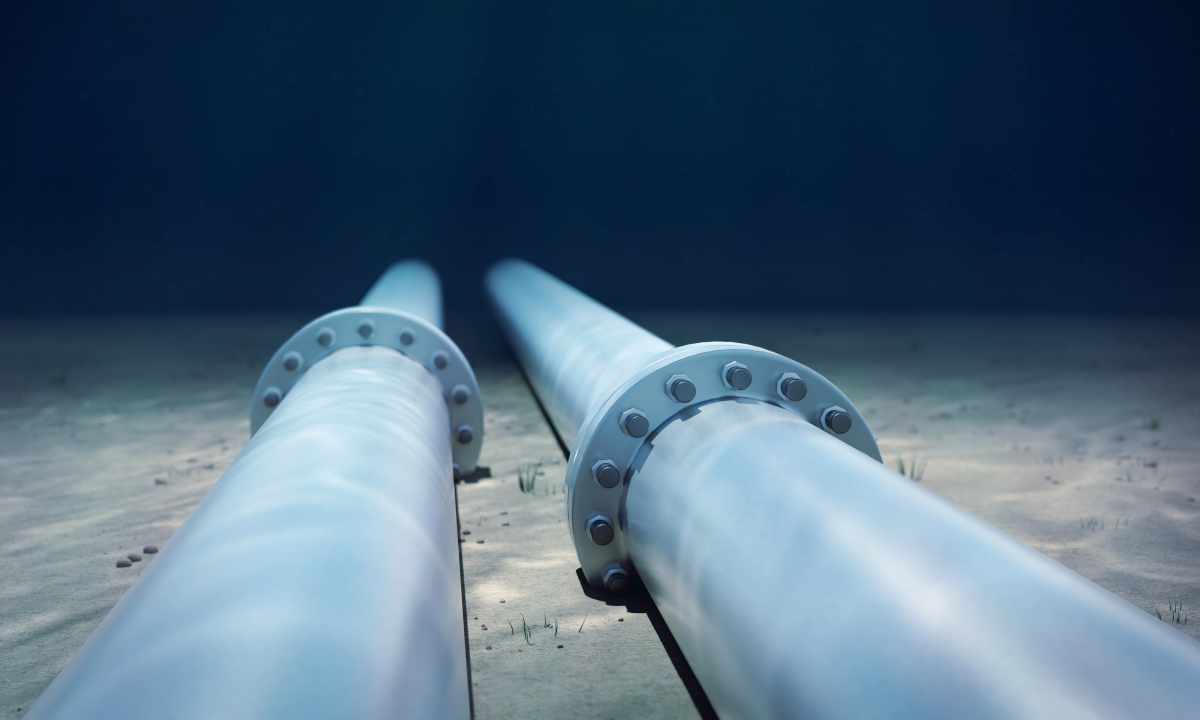The expense of the electric power spent for water supply and also other running costs depends on pipeline diameter. So determination of optimum pipeline diameter promotes minimization of maintenance cost.
It is required to you
- - table of limit expenses of N.N. Abramov;
- - rated indicators of M.M. Andriyashev;
- - calculation tables of F.A. Shevelyov;
- - calculator;
- - basic data of the pipeline highway.
Instruction
1. Decide on material of the used pipes: for different pipes the limit expenses. Having used the tables of limit expenses developed by N.N. Abramov learn what diameter of pipes the most favorable at various limit water flows. In these tables limit water flows for concrete-coated iron piping with diameter of 50-1200 mm, steel with diameter of 50-1600 mm, plastic - diameter of 50-300 mm and also asbestos-cement which diameter varies from 50 to 500 mm are specified.
2. As indicators of sections of the ring road of network irrespective of the working pipeline line are given in these tables, calculate all specified sizes for the pipeline highway. When calculating economic pipeline diameter take as basis indicators of the recommended water feed speed in pipeline network. According to M.M. Andriyashev's recommendations, for pipes with a diameter from 200 to 300 mm the feed speed of water has to be 0.6-1 m/s, from 400 to 600 mm - 1-1.3 m/s, and with diameter more than 700 mm - 1.5-2 m/s.
3. Define the required pressure indicators allowing to overcome resistance of current of water. To determine the size of head losses, the indicator of hydraulic bias is required.
4. For calculation of hydraulic bias use calculation tables of F.A. Shevelyov on the basis of which, knowing initial indicators of the pipeline, the pipeline highway can define head losses per unit length. The technique of use of these calculation tables is that on the basis of water flow and the speed of its giving the optimum pipeline diameter and also size of head losses is defined.
5. In multisegment pipeline network of head loss calculate by formula: h = S0lq2 = Sq2 in which S is total hydraulic resistance of pipe length of l, S0 - the unit hydraulic resistance of pipe, and q - design flowrate in pipe. Remember that this size depends on the mode of water supply and pipeline diameter.
